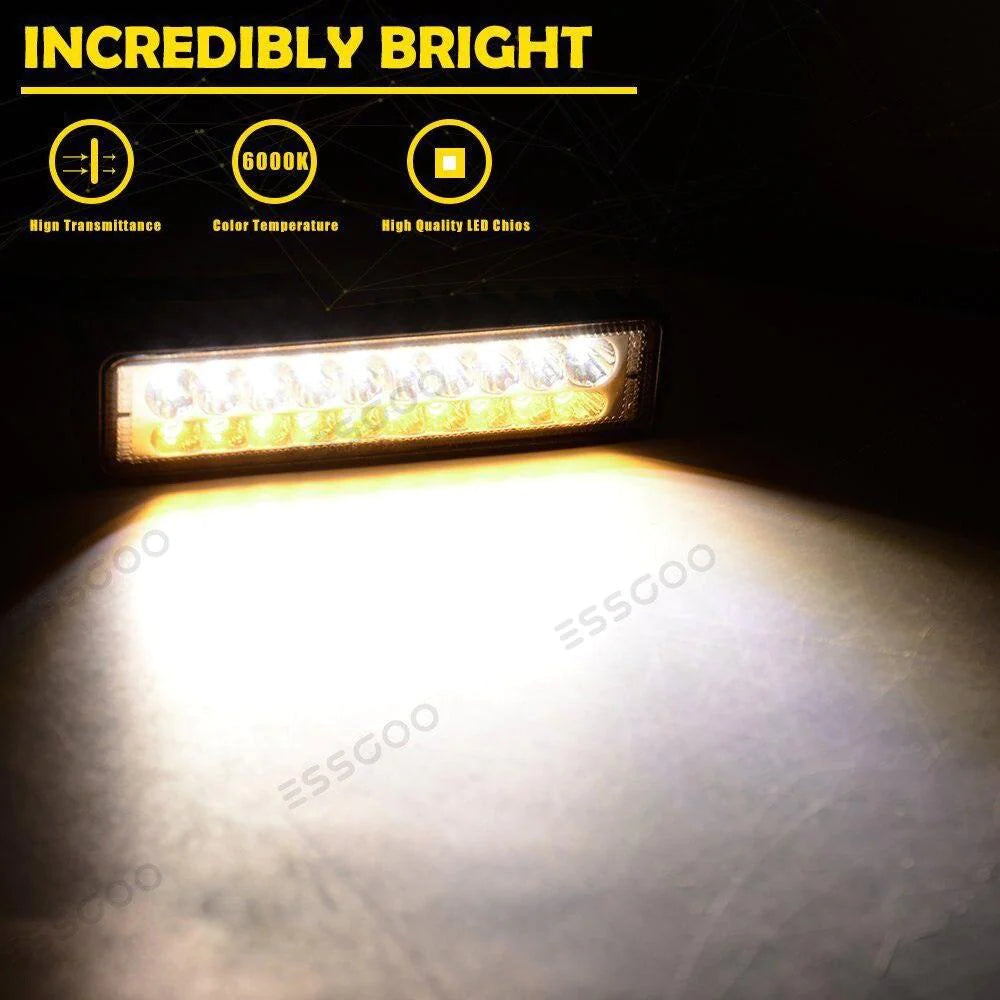
LED Lights For Cars: All You Need To Know About LED Car Lights
Are you considering installing LED lights in your vehicle? Here's all you need to know!
LED lights are becoming increasingly used on vehicles such as automobiles, motorbikes, and trucks.
LED lights and LED bulbs have several advantages over more typical halogen lights: they are brighter, provide higher light quality, are less prone to breaking, and waste significantly less energy than normal lights.
If you're considering about updating your car with a set of LED lights or LED bulbs and want to learn more, here's a brief primer on LEDs, how they operate, and whether they're road legal or not.
HOW DO LED LIGHTBULB WORK?
The great majority of automobiles continue to be equipped with halogen lights, which use energy to heat up a small strip of Tungsten wire. As the wire heats up, it begins to glow, producing light.
The issue is that halogen lamps are inefficient since the great majority of energy is wasted as heat rather than light. They also have very limited lifespans, are brittle, and aren't as bright as other lighting solutions.
LED bulbs, an increasingly popular alternative to ordinary halogen lights, come into play. LEDs, unlike traditional halogen lights, have a semiconductor structure that creates light by releasing photons - small particles of light - millions of times each second.
LED lights are substantially brighter, create much purer and sharper light, and are much more efficient than ordinary bulbs.
LED BULBS EXPLAINED LED Car Bulbs
When purchasing LED lights for your car, two of the most significant factors to consider are lumen output and Kelvin scale. Below, we explain what they are and what they represent for you when purchasing LEDs for your automobile in simple words.
LED lights are well-known for producing ultra-white light, and the whiteness - or color temperature - of the bulb is measured in Kelvin.
The greater the color temperature of the light bulb, the whiter the light. A typical halogen bulb has a color temperature of roughly 2,700 Kelvin, producing a warm and yellow-toned light.
LED bulbs will have color temperatures of roughly 6,000 Kelvin, producing a brighter, pure white light. This white light will not only give your car a higher-spec look, but it will also make it much easier to pick out features in the dark.
While Kelvin is a measurement of color temperature or whiteness, lumens are the actual brightness of the light. The stronger the light source, the greater the lumen rating.
A halogen headlight produces between 700 and 1,200 lumens, depending on whether it is in dipped or full beam mode. An LED headlight bulb, on the other hand, may produce between 6,000 and 8,000 lumens.
An LED bulb's significantly higher output means it will more efficiently light up what's ahead of you, allowing you to see further and in greater detail than a normal halogen lamp.


